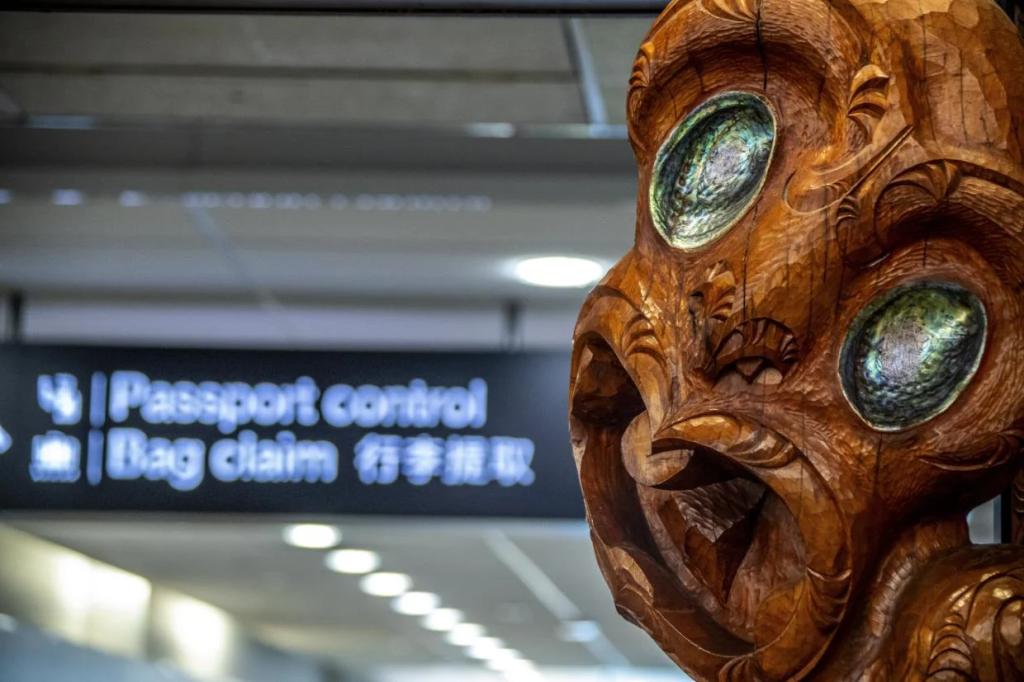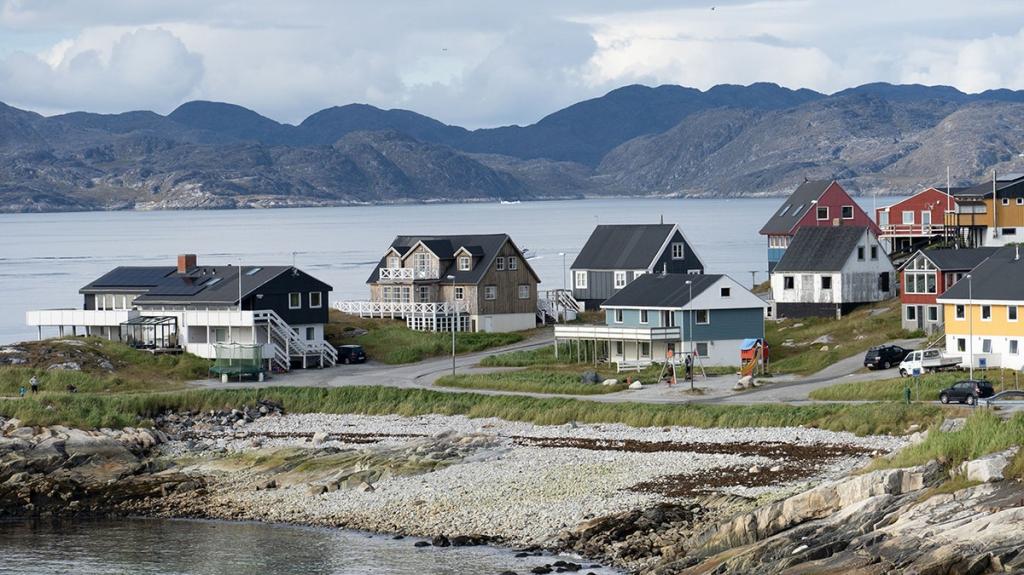New Zealand's Tourist Tax Rise: Impacts on Travel and Conservation
Discover how New Zealand's increased tourist tax may impact travel decisions while funding essential conservation efforts and infrastructure improvements.

Key Points
- The International Visitor Conservation Levy (IVL) is set to increase from NZ$35 to NZ$100, aimed at funding conservation and infrastructure in New Zealand.
- Tourism industry leaders express concern that the higher levy could deter visitors, potentially resulting in a significant decline in tourism revenue.
- While the increased fee aligns with similar charges in other countries, it raises questions about New Zealand's competitiveness in attracting international travelers.
As New Zealand navigates its post-pandemic tourism landscape, the government has announced a significant increase in the International Visitor Conservation and Tourism Levy (IVL). Starting October 1, the levy will rise from NZ$35 (approximately $22) to NZ$100 ($62). This move has sparked a spirited debate among stakeholders in the tourism sector and the broader public. The question remains: will this tax serve as a necessary investment in conservation and infrastructure, or will it deter potential visitors and hinder New Zealand’s tourism recovery?

The Purpose Behind the Levy Increase
According to New Zealand's Tourism Minister, Matt Doocey, the increase in the IVL is a strategic move to support the conservation of the country’s pristine landscapes. He emphasized that the levy is critical for maintaining high-quality experiences and providing essential services that enhance tourists' visits . The expected revenue will assist in funding infrastructure projects supporting biodiversity, especially in high-traffic areas like national parks.
During the pandemic, tourism, one of New Zealand’s cornerstone industries, suffered immensely. With the country now at about 80% of pre-COVID visitor levels, the introduction of the IVL is framed as a means to facilitate a sustainable tourism model that benefits the environment and local communities.
Industry Voices: Concern and Criticism
However, not everyone is aligned with this viewpoint. The Tourism Industry Aotearoa (TIA) has publicly expressed concern over the tax increase, citing it could significantly affect the sector's recovery. Rebecca Ingram, TIA’s chief executive, stated that this fee increase could lead to an estimated decline of 48,000 visitors annually, translating to a loss of $273 million in revenue. Furthermore, the combination of the IVL increase alongside rising visa application fees creates a “triple-whammy” effect that may deter potential travelers.
Comparative Analysis with Other Countries
Interestingly, the IVL's new rate aligns more closely with other global destinations, like Australia and the UK, which impose similar levies. For instance, Australia charges about NZ$100 as a visitor tax as well. This raises the debate on whether New Zealand can maintain competitiveness with these emerging costs, especially when visitors can look towards countries with cheaper entry fees and less financial burden.
Visitor Perspectives and Family Travel
Targeting families traveling to New Zealand poses another challenge. A $100 per person fee can rapidly accumulate, leading to hefty entry costs for families. For a five-person family, this results in a $500 cost purely for entry. Travel decisions are often multi-faceted, and such costs can be a decisive factor when choosing a destination. Some families planning vacations may find that this increase shifts their plans to neighboring countries with more manageable fees.

A Balancing Act: Investing in the Environment vs. Visitor Access
It is crucial to recognize that funding generated from the IVL is not merely a tax. The accumulating revenue is intended for conservation projects and improvements in public services related to tourism. As pointed out by Conservation Minister Tama Potaka, this levy assists in essential funding that safeguards New Zealand's natural heritage and supports the country's global image as a premier travel destination. However, the challenge lies in ensuring that this strategy does not inadvertently push travelers away.
Ultimately, New Zealand's revamped visitor tax is set against the backdrop of a rapidly evolving global tourism landscape. Stakeholders must collaborate and communicate the benefits clearly while ensuring costs remain manageable for potential visitors. Only then can New Zealand thrive as both an ecological sanctuary and a welcoming destination for travelers from around the globe.


